Search by map
 検索中
検索中
25 pages found.
Bamboo Craft Workshop KISETSU
Atelier visitWorkshop
Show details
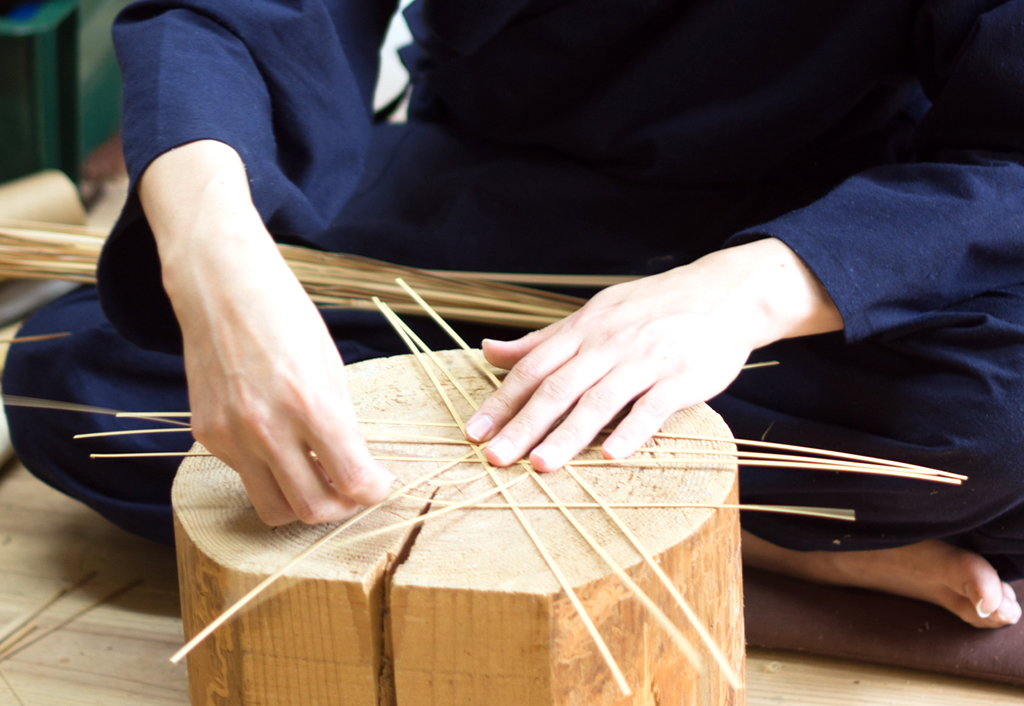
| Holiday | Irregular holidays |
|---|---|
| Business hours | 9:00~17:00 |
| Workshop info | Traditional bamboo craft in modern Japanese lifestyle |
SHIOMI UCHIWA
Atelier visitShopping
Show details
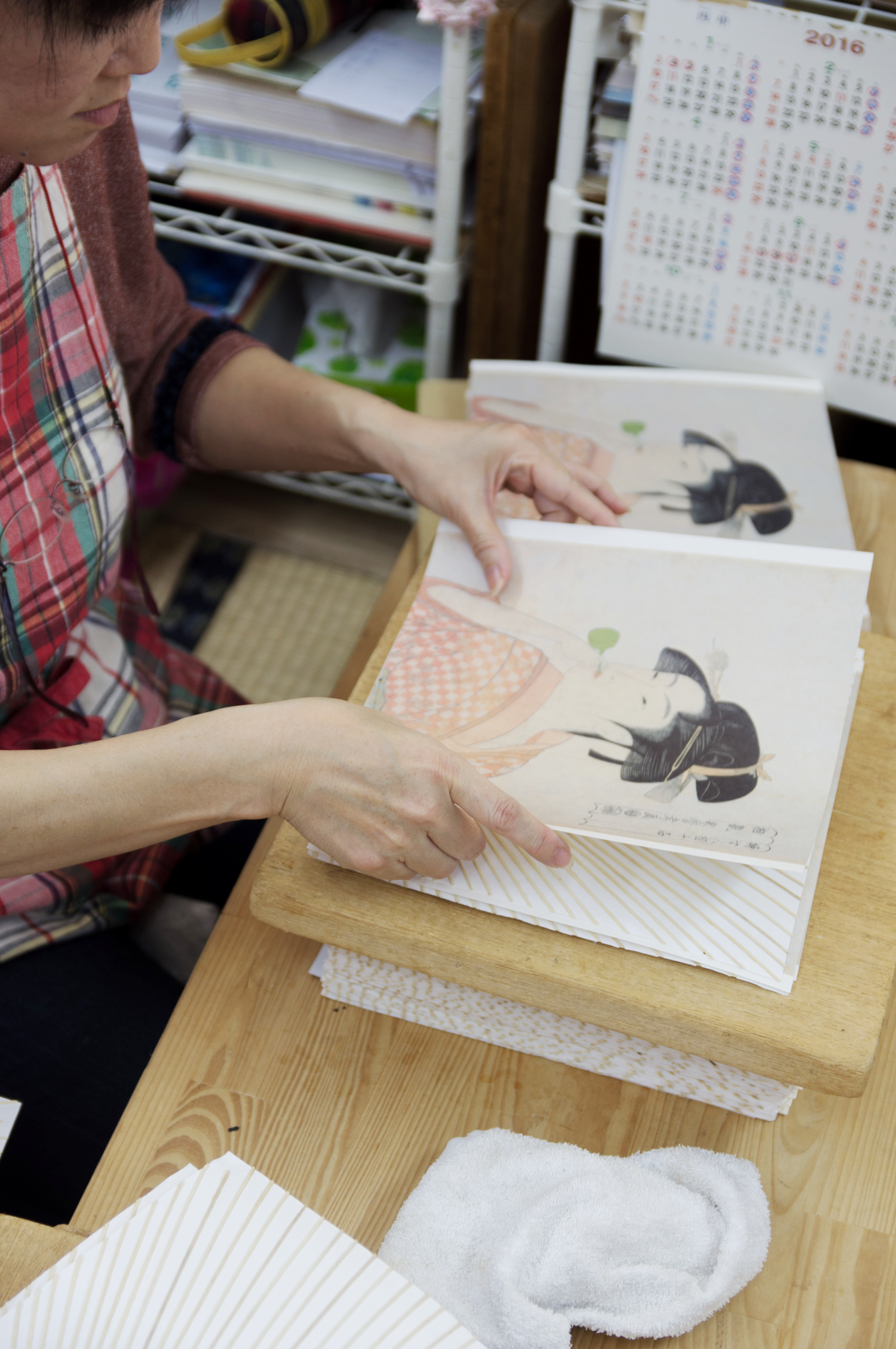
| Holiday | Sundays, public holidays & irregular closings on Saturdays |
|---|---|
| Business hours | 10:00~18:00 |
| Workshop info | Kyoto round fans, elegant touch of freshness |
JAKKYU (Kyoto spinning top)
WorkshopShopping
Show details
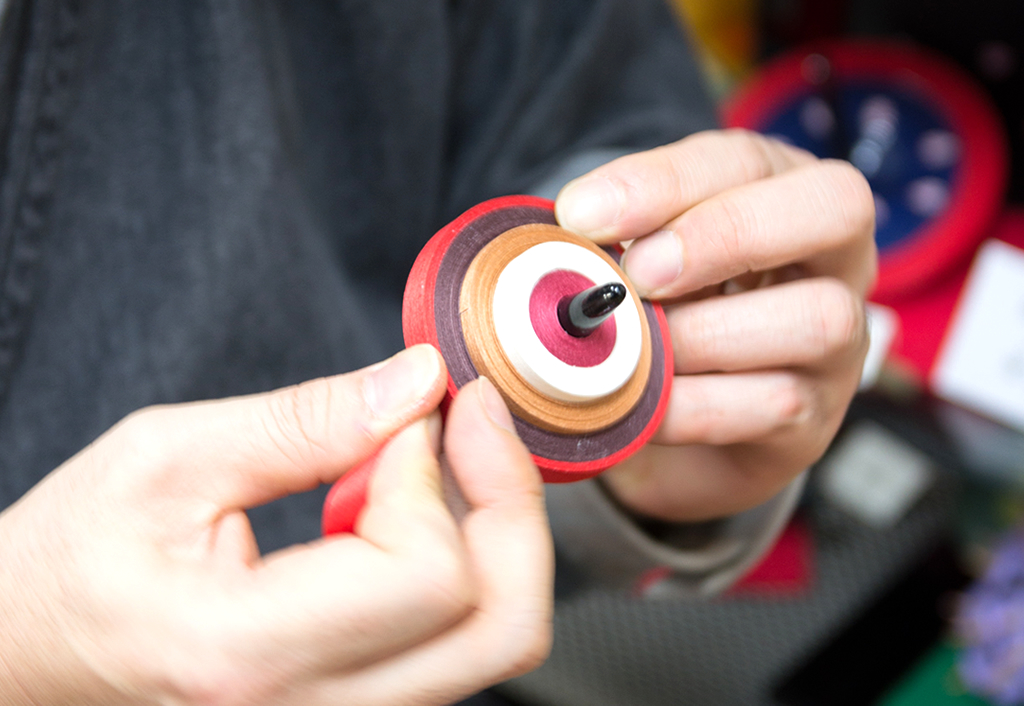
| Holiday | Mondays & Tuesdays |
|---|---|
| Business hours | 11:30~18:00 |
| Workshop info | The last standing spinning top maker |
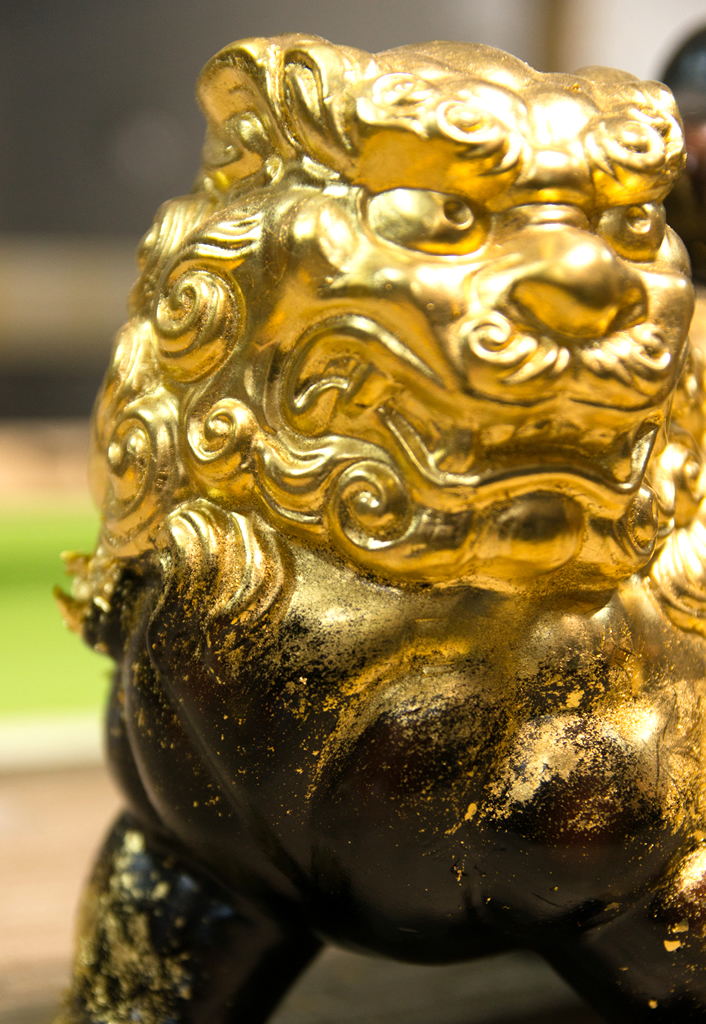
| Holiday | Saturdays and Sundays |
|---|---|
| Business hours | 9:00~17:00 |
| Workshop info | Solemn splendor of gold |
KOHO Nishiki Textile Studio
Atelier visitWorkshopShopping
Show details
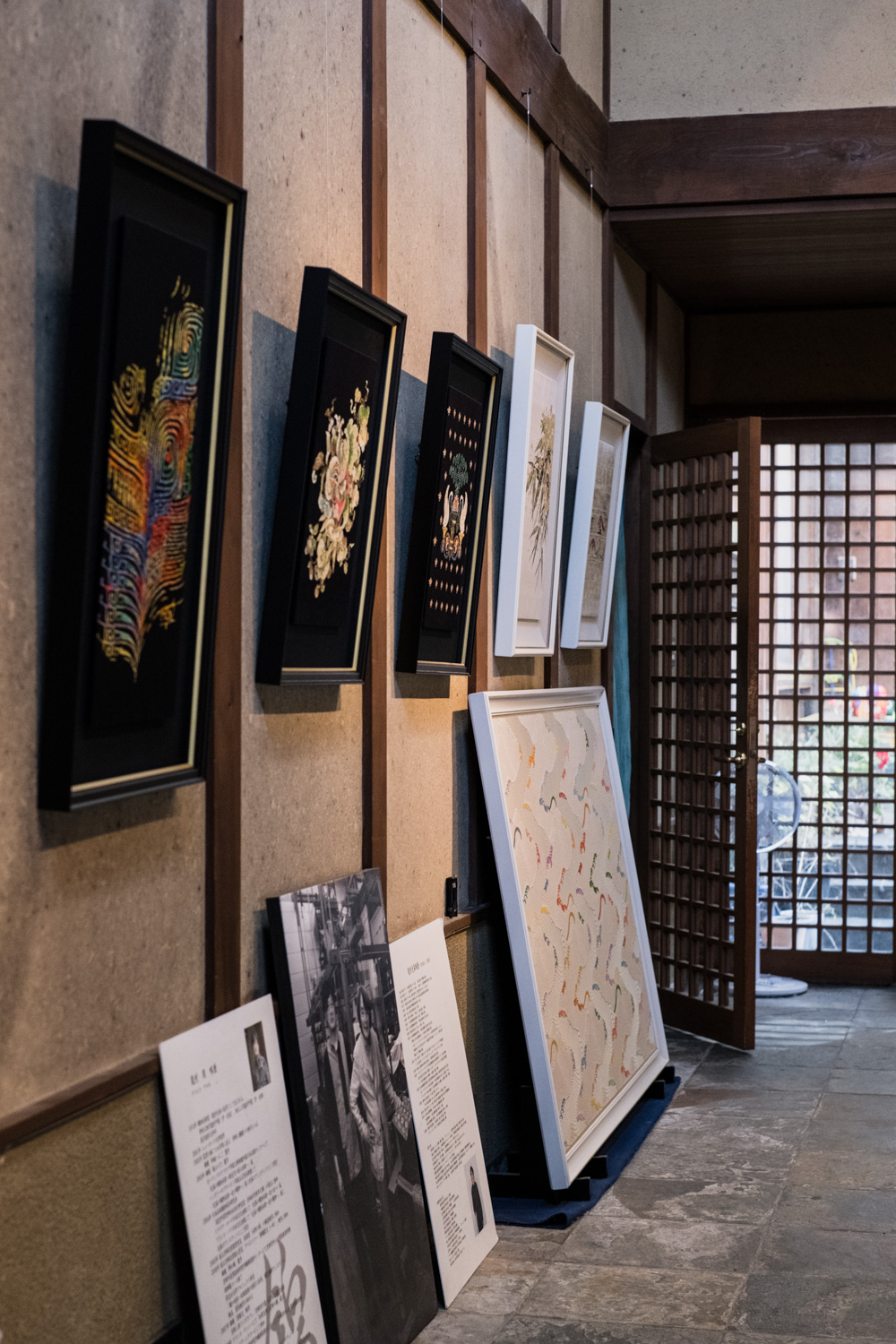
| Holiday | Saturdays, Sundays and public holidays (inquire in advance) |
|---|---|
| Business hours | 9:00~17:00 |
| Workshop info | The beauty of Nishiki created through orchestrated effort of numerous craftsmen |
SOUSHI TSUZURE-EN TEXTILE STUDIO
Atelier visitWorkshopShopping
Show details
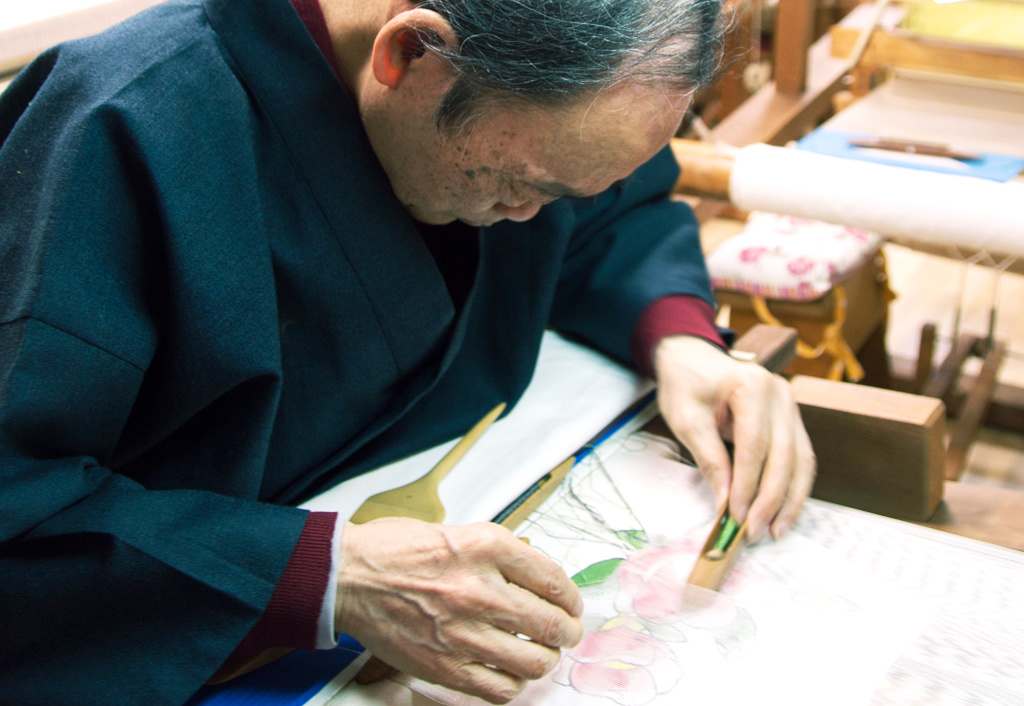
| Holiday | Irregular holidays |
|---|---|
| Business hours | 10:00~17:00 |
| Workshop info | Nishijin Tsuzure-ori: delicate painting-like brocade weaving |
NAKAMURA ROSOKU
Atelier visitWorkshopShopping
Show details
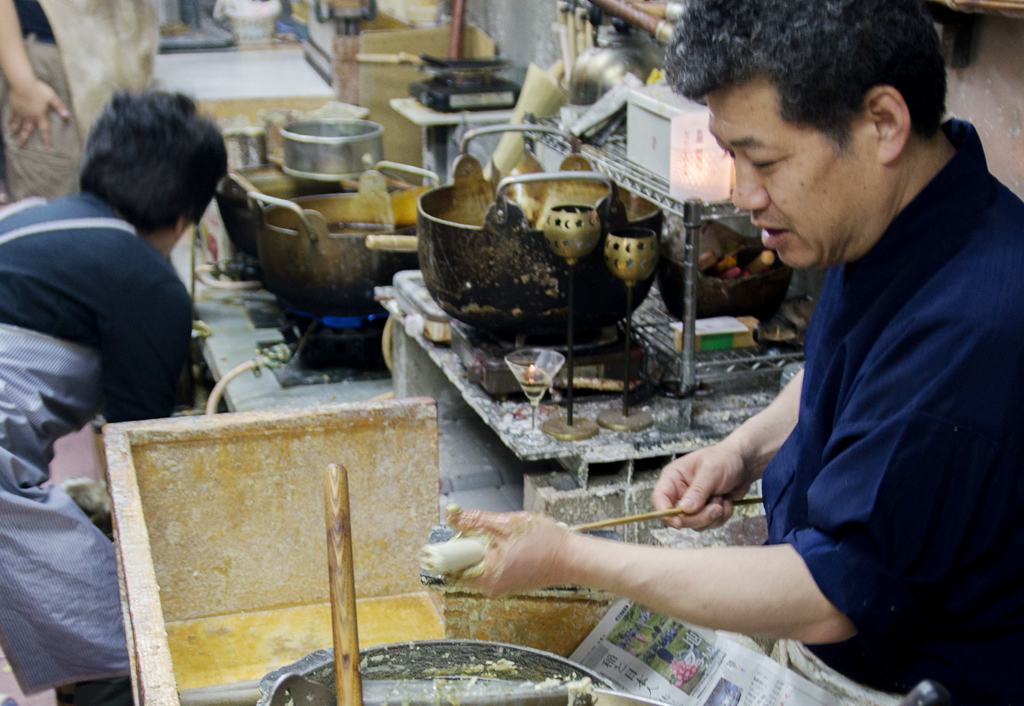
| Holiday | Sundays & public holidays; also every 2nd & 4th Saturday from January to September |
|---|---|
| Business hours | 9:00~17:30 |
| Workshop info | Delicate handmade candlelight |
HIYOSHIYA
Atelier visitWorkshopShopping
Show details
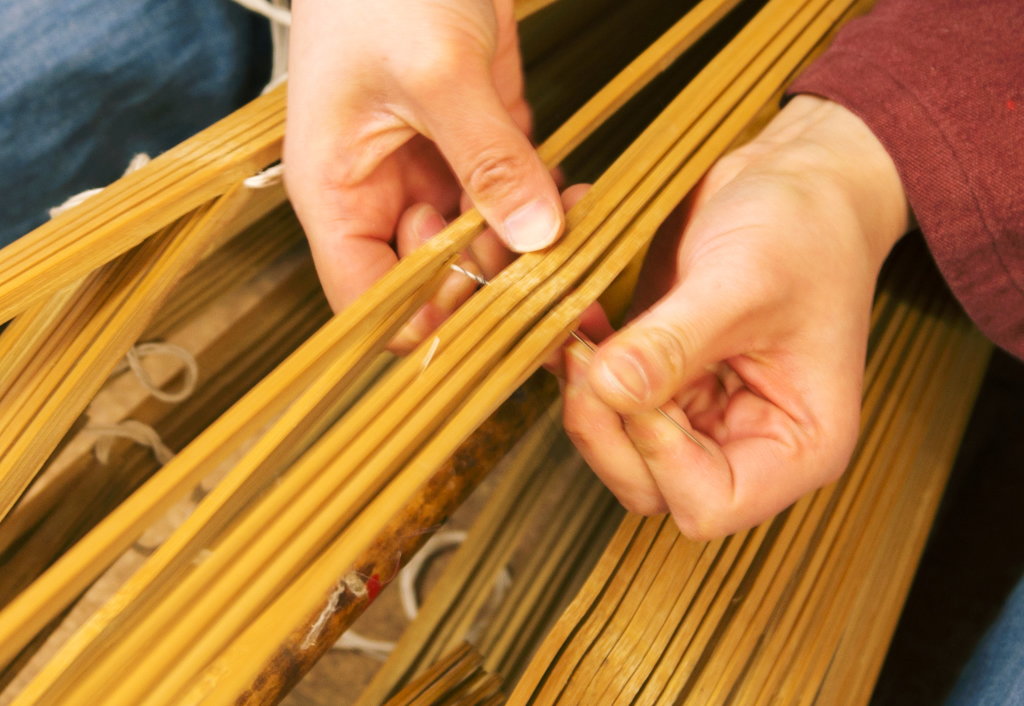
| Holiday | Saturdays, Sundays & New Year's holiday |
|---|---|
| Business hours | 10:00~17:00 |
| Workshop info | The ultimate protector of Kyoto-style umbrella tradition |
KOSHUN-GAMA : KOSHUN TOHEN
Atelier visitWorkshopShopping
Show details
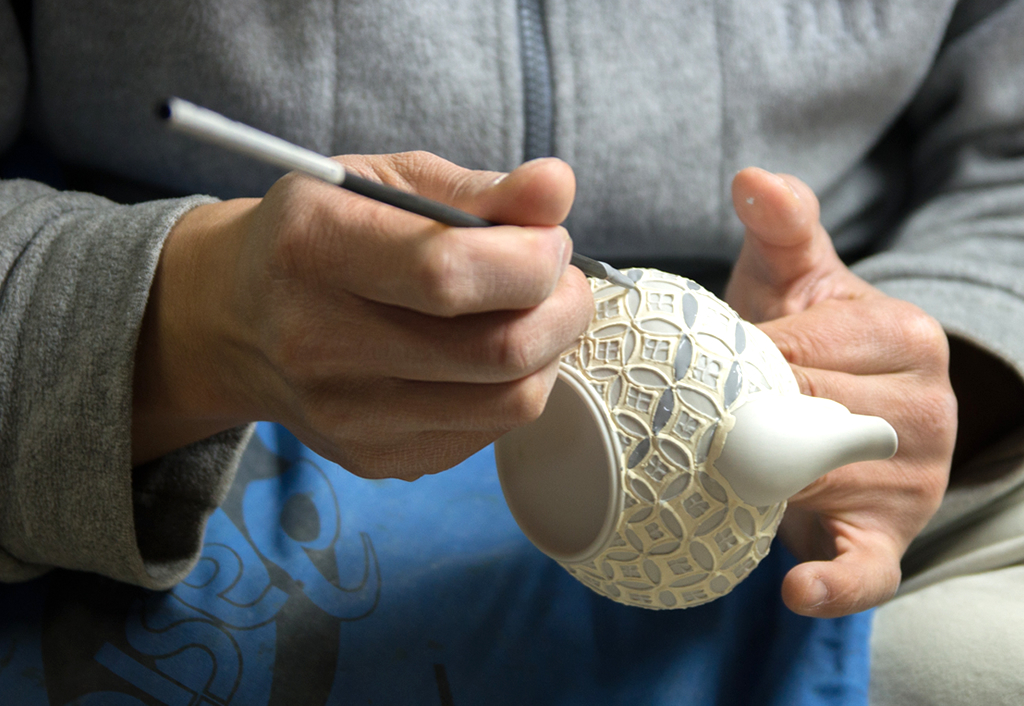
| Holiday | Sundays & public holidays (inquire in advance) |
|---|---|
| Business hours | 9:00~17:00 |
| Workshop info | The appeal of bright-coloured Cochin ware |
RAKUNYU-GAMA
Atelier visitWorkshopShopping
Show details
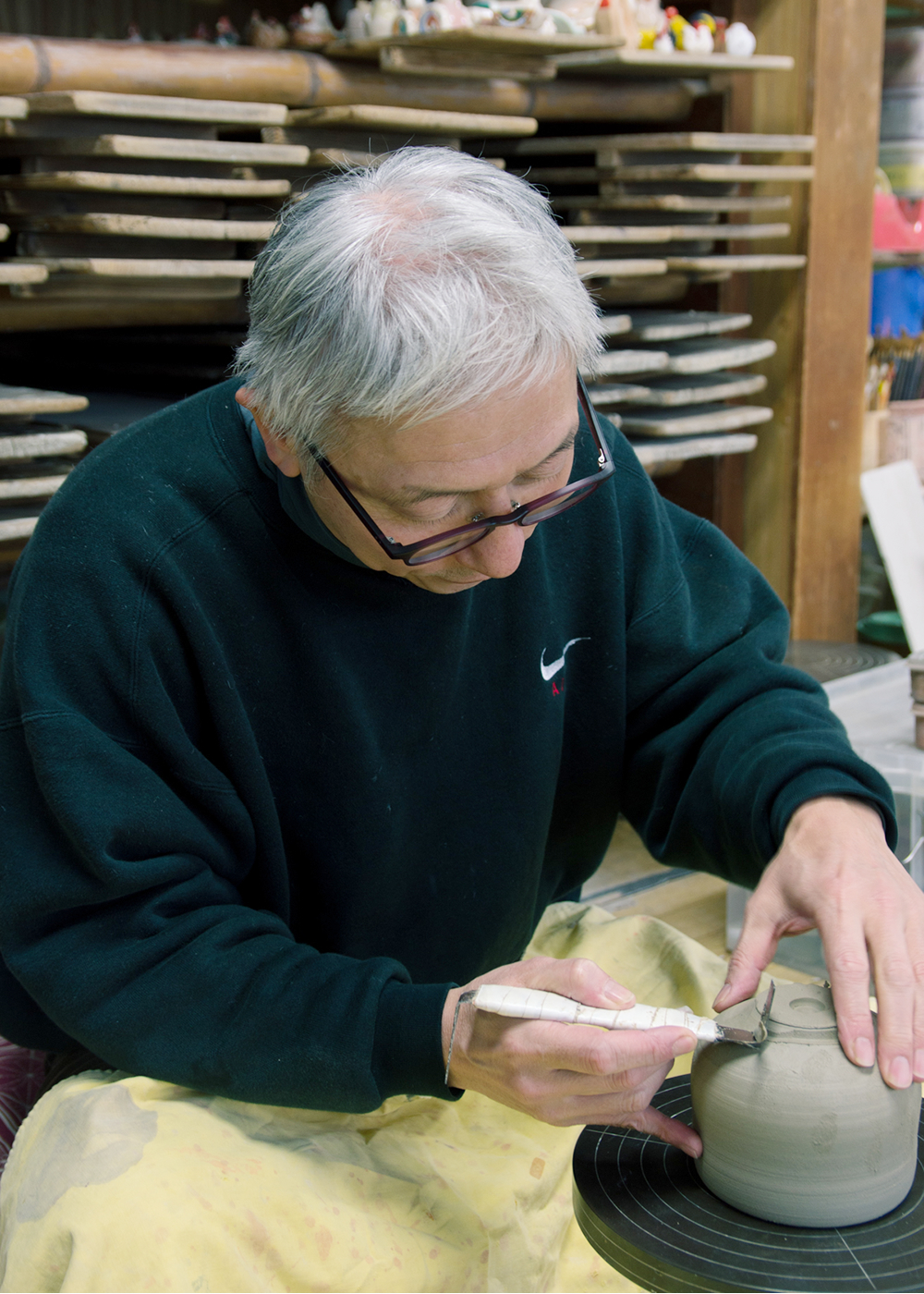
| Holiday | Open year-round |
|---|---|
| Business hours | 9:00~17:00 |
| Workshop info | The warm simplicity of Raku ware pottery |




